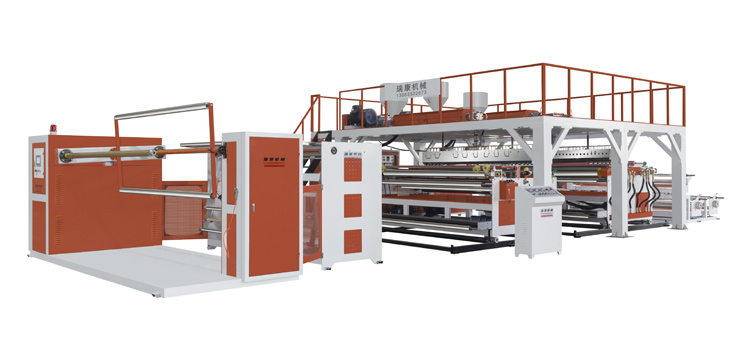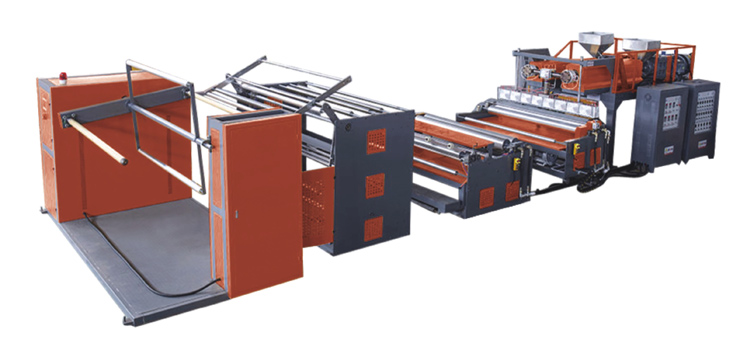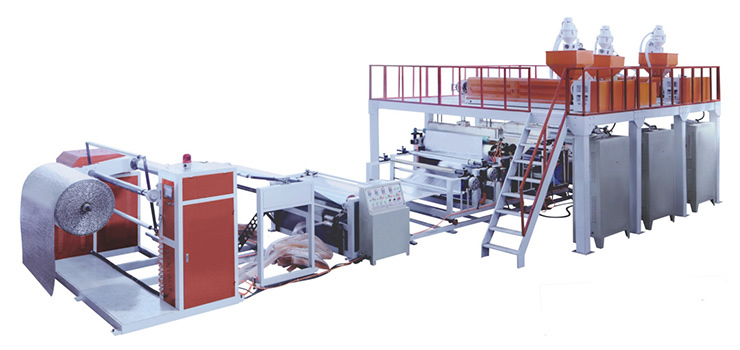In the dynamic world of packaging, bubble film has emerged as a staple for safeguarding fragile items during transportation and storage. An bubble film machine is the key piece of equipment that brings this protective material to life. This article delves into all aspects of bubble film machines, from their basic functioning to the various types available and how to choose the right one for your business needs.
The bubble film machine, an apparatus specialized in producing bubble wrap and other protective packaging materials, operates as follows: plastic film is fed into a series of rollers that produce air pockets, and these pockets are sealed to give bubble wrap its distinctive texture.
1. Extruder: Melts and shapes the plastic resin.
2. Air bubble forming roller: Creates the bubble pattern.
3. Cooling system: Solidifies the plastic film.
4. Winding unit: Rolls the finished product for packaging.
1. High Efficiency:
Modern machines automate the entire production process, enabling rapid output of bubble film in large quantities. Advanced models can produce up to 500 kg of material per hour, significantly reducing labor costs.
2. Cost-Effectiveness:
By using raw materials like LDPE (low-density polyethylene) or recycled plastics, manufacturers can produce bubble film at a low cost while maintaining quality. This makes it ideal for businesses aiming to balance affordability and performance.
3. Customization:
Bubble Film Machines allow adjustments in bubble size (e.g., 10 mm, 20 mm, or 30 mm diameters), film thickness, and even color. Specialty bubble films (e.g., anti-static or UV-resistant) can also be produced for niche applications.
4. Superior Product Protection:
The bubble films produced by these machines offer excellent cushioning and shock - absorption properties. The air - filled bubbles act as a buffer, reducing the impact of external forces on the packaged items.
1. Automatic Air Bubble Film Machine
The fully automatic air bubble film machine has excellent performance and can produce up to 7 layers of air bubble film at a speed of up to 25 meters per minute, without manual automatic loading and rewinding. It uses LDPE and LLDPE particles as raw materials, and independently and accurately controls the film layer and the air bubble layer.

2. Double Layer Bubble Film Machine
Double-layer bubble film machine mainly uses polyethylene raw materials to produce double-layer bubble film, which is suitable for packaging fragile items such as electronic products, handicrafts, glass products, etc. The bubble film has excellent shock absorption and protection properties.

3. High Speed Bubble Film Machine
High-speed bubble film machine uses LDPE and LLDPE as raw materials, fully automatic PLC control, speed can reach 30 meters/minute, can produce 2-4 layers of bubble film, is the ideal choice for bubble film production.

Selecting the ideal machine depends on your specific needs. Consider the following factors:
1. Production Capacity
For small businesses: Opt for compact machines with a capacity of 50–200 kg/hour. For large-scale manufacturers: Prioritize high-speed models (300+ kg/hour) with automated features.
2. Material Compatibility
Ensure the machine supports your desired raw materials (e.g., virgin LDPE, recycled PE, or biodegradable resins). Multi-layer machines are better for blending materials.
3. Bubble Size and Film Thickness
Match the machine’s capabilities to your target market. For example, smaller bubbles are ideal for lightweight electronics, while thicker films suit heavy industrial goods.
4. Maintenance and Support
Choose suppliers that provide technical support, spare parts, and training. Look for machines with easy-to-clean designs to minimize downtime.
5. Budget
While advanced machines have higher upfront costs, their efficiency and durability often justify the investment. Leasing options or phased upgrades may help smaller businesses.
Air bubble film making machines are the backbone of the protective packaging industry, offering a blend of speed, versatility, and sustainability. Whether you’re a startup or an established manufacturer, understanding the types and features of these machines is crucial for optimizing production and staying competitive. By carefully assessing your requirements and partnering with reliable suppliers, you can invest in a machine that delivers long-term value and meets the evolving demands of the packaging market.